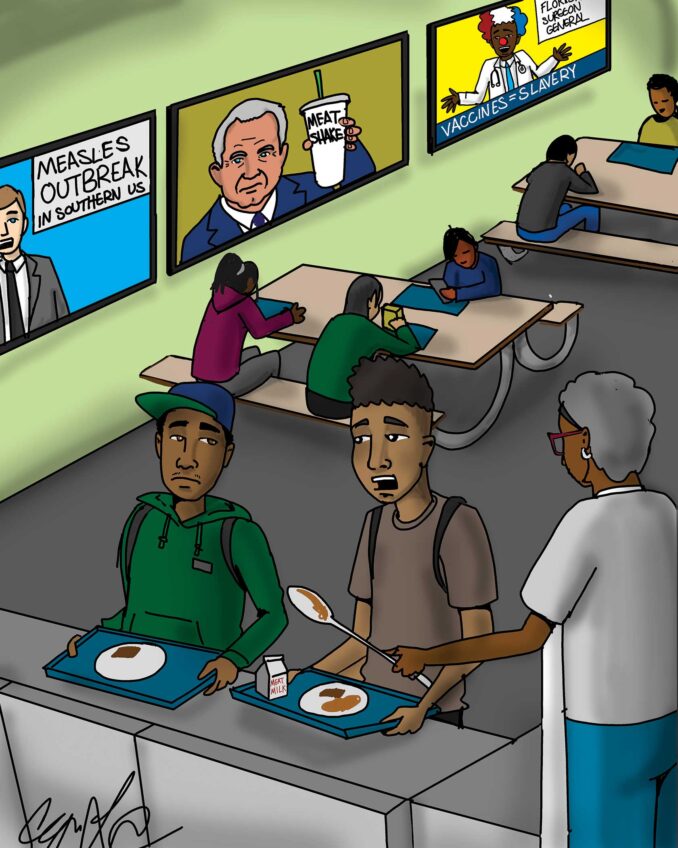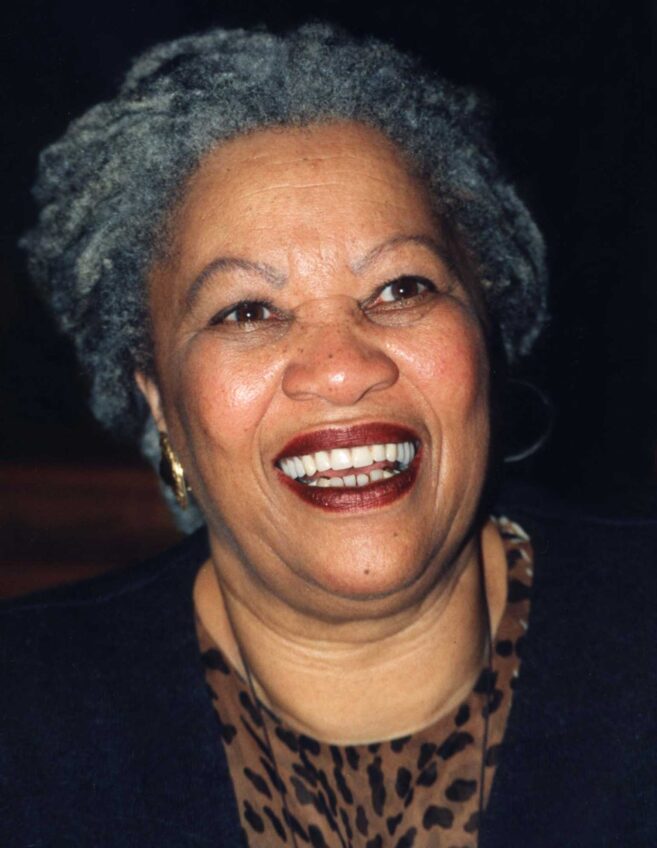Data gathered by the National Center for Education Statistics indicates that this fall and for the first time in history, the number of Latino, African-American, and Asian students in public K-12 classrooms will exceed the number of non-Hispanic whites. This means that students of color will make up more than 50 percent of the total enrollment in public schools across America and the percentages will increase in subsequent years. As public school teachers and school administrators return to work this fall, it is imperative that they keep the NCES in mind, particularly the socioeconomic differences that so often go hand in hand with racial differences.
This summer vacation, as in every summer vacation, students from more affluent families had rich opportunities to consolidate and strengthen educational gains made in the school year, opportunities largely denied to less affluent students, many of whom are students of color. Even when such opportunities were available, many poor students could not attend high-end enrichment programs because they had to get summer jobs to supplement family income, or they had to spend time babysitting younger siblings while parents were at work, or were absent.
Studies have repeatedly shown that all students, regardless of race or ethnicity, lose math skills over the summer vacation; however, middle-income and affluent students move ahead in reading year after year while poor students fall behind. The difference stems, in large part, from the availability of enrichment and consolidation opportunities. This differential access helps explain the low test scores, why certain high schools are considered to be “failing,” and why dropout rates in poor and urban schools are alarmingly high. And by extension, it helps explain why college enrollment among poor, black, and Latino students is at a staggering low.
The question for which we need urgent answers is how to transform the public education system so that it meets the needs of all learners. The emphasis upon drilling students for standardized “tests” has not proven to be the success it was hoped to be. If we treat high school less as a crude tool to cull and sort students—the high-achieving learners from the low-achieving learners—and more as an orchestrated, student-centered system that provides opportunity for all students to learn in a manner appropriate to their learning style and life circumstances, we might be better able to achieve the desired results.
A well-tuned educational system has a working order that addresses the needs of each and every student, irrespective of family background and financial means. The evidence of this can be found in school districts that have adopted student-centered approaches to learning. These approaches include learning that is personalized, learning that is competency-based, learning that takes place anytime and anywhere, and learning that engages students in their own success so that they own what they know.
In a well-orchestrated student-centered educational system learning is customized to meet the needs of each student. This is “personalized learning,” a system that uses competency-based assessments to move students ahead to mastery of core academic competencies, rather than just pass them along with no real indication of what they have learnt. This type of system uses blended learning techniques, and takes advantage of a host of community and business partnerships that offer extended learning opportunities to students. Students that learn in this system have a far greater degree of confidence than those that do not.
To ensure that all students graduate ready for college and a career and become productive and responsible citizens, the Nellie Mae Education Foundation has adopted an ambitious goal of increasing the college and career readiness rate of all New England learners to 80 percent by 2030. While graduation rates across the country have risen, the truth is that only 50 percent of New England area students entering high school as freshmen will graduate ready for college and a career.
An even starker truth is that the number is lower for some students, with 37 percent of black students, 31 percent of English Language Learners, and 32 percent of low-income students graduating ready. At the current rate of improvement, we can project that it would take 100 years to reach the 80 percent target, and nearly twice as long as that to get to 100 percent. This is obviously unacceptable and untenable. The future of not only our students, but the long-term economic well-being of the nation is at stake.
A broad cultural shift towards a new system of learning opportunities for all students needs to occur. The Foundation’s role is to stimulate this change, but we cannot do it alone. We need an orchestra of dedicated players—students, parents, teachers, administrators, policy makers, thought leaders and more—to help fine-tune the public education system so that it produces record scores of graduates ready for college and a career before too long.
Nicholas Donohue is president of the Nellie Mae Education Foundation.






